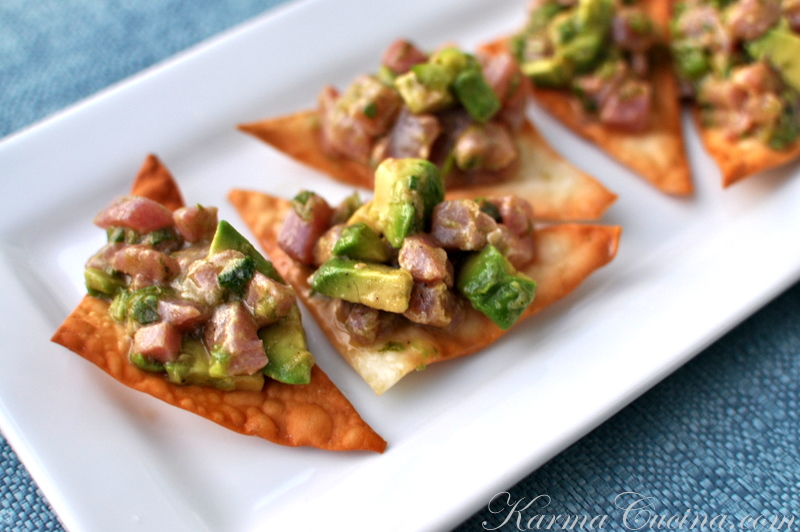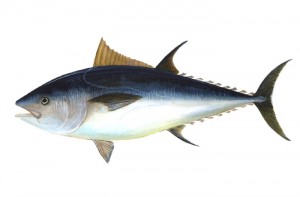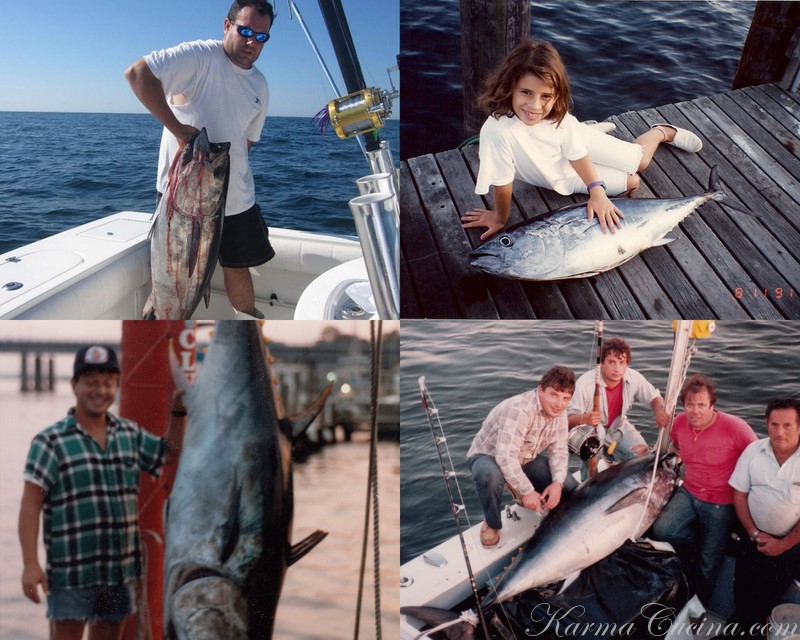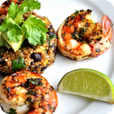 Sometimes opportunity knocks (in this case rings) and, when it does, it’s usually wise to answer the door and greet that opportunity with open arms – even when you’re utterly exhausted and it flubs your original “plan.”
Sometimes opportunity knocks (in this case rings) and, when it does, it’s usually wise to answer the door and greet that opportunity with open arms – even when you’re utterly exhausted and it flubs your original “plan.”
Yesterday, Joe and I were making our way down the Northeast corridor from a fun-filled wedding weekend in Buffalo, New York when my phone rang. In a span of 48 hours, we  had driven 860 miles, popped into Canada for a visit to Niagara Falls, sampled wings at Buffalo’s dueling landmark restaurants, and celebrated the beautiful marriage of our friends, Christopher and Madeline. We had had already been in the car for six hours, and to put it kindly, we were a little worn out. Knowing my cranky self best, I was hesitant to pick up the phone and engage in a conversation with anyone in this “vulnerable” state. I waited for the voicemail to pop up and gave a listen: “Alyss, it’s Dad. Chris and I caught a beautiful bluefin tuna offshore today and we want to know if you’re interested in some. Call me.” I hesitated for half a second because I was planning to post my second tomato dish in the two-part series and I also knew picking up this fish was going tack an extra hour onto our already lengthy travels. Despite those two things, we decided there was no way we were turning down a delicacy of this stature, as you never know when it might come along again. And, plans are made to be changed, right? With that, I dialed back and we were on our way.
had driven 860 miles, popped into Canada for a visit to Niagara Falls, sampled wings at Buffalo’s dueling landmark restaurants, and celebrated the beautiful marriage of our friends, Christopher and Madeline. We had had already been in the car for six hours, and to put it kindly, we were a little worn out. Knowing my cranky self best, I was hesitant to pick up the phone and engage in a conversation with anyone in this “vulnerable” state. I waited for the voicemail to pop up and gave a listen: “Alyss, it’s Dad. Chris and I caught a beautiful bluefin tuna offshore today and we want to know if you’re interested in some. Call me.” I hesitated for half a second because I was planning to post my second tomato dish in the two-part series and I also knew picking up this fish was going tack an extra hour onto our already lengthy travels. Despite those two things, we decided there was no way we were turning down a delicacy of this stature, as you never know when it might come along again. And, plans are made to be changed, right? With that, I dialed back and we were on our way.
The bluefin tuna is a warm-blooded migratory fish that easily adapts from the temperate waters of the Mediterranean to the frigid waters of Iceland. It boasts a muscular torpedo-like body and retractable fins to cut drag, allowing it to swim at relatively bullet-like speeds of up to 55 MPH, making it one of the fastest in the ocean and giving it the ability to swim across the Atlantic in just over a month. Its weight varies greatly within the larger bluefin family, but, on average, this fish can range from 100 to 600 pounds. When you put that kind of weight behind its speed and muscular physique, we’re talking some serious force.
of the Mediterranean to the frigid waters of Iceland. It boasts a muscular torpedo-like body and retractable fins to cut drag, allowing it to swim at relatively bullet-like speeds of up to 55 MPH, making it one of the fastest in the ocean and giving it the ability to swim across the Atlantic in just over a month. Its weight varies greatly within the larger bluefin family, but, on average, this fish can range from 100 to 600 pounds. When you put that kind of weight behind its speed and muscular physique, we’re talking some serious force.
In the worlds of sports fisherman and food lovers alike, the bluefin tuna is highly coveted. From the sport perspective, wrangling this majestic animal is no easy feat for man. From the time it hits your line to actually getting it on the boat, the angler is engaging in a several hour battle that can literally bring him to his knees, and half the time, these lengthy matches can end up entirely fruitless.
From a food lover’s stance, no other fish really compares. Bluefin tuna meat is characterized by ruby-red dense and fatty flesh, considered by many the tastiest in the fish kingdom. However, it is these prized characteristics, combined with severe over-fishing on behalf of the commercial fishing and food industries (mainly sushi), that have depleted the bluefin population to dangerously low levels. This problem originated in the 1970s, when bluefin was introduced to sushi menus the world over and its popularity skyrocketed. In order to keep up with the demand, the commercial fisheries began exploiting the fish and lack of government regulations, and today the bluefin is classified as a “species under concern.”
The more I read, the more conflicted I became. I grew up in a family of fisherman who have pursued tuna, fluke, and bass as long as I can remember. I spent my childhood weekends on the boat learning to fish, and now, in light of all this information, I found myself starting to question everything. I decided to call my father, a second-generation fisherman, for some clarification and perspective. He explained that, while still not perfect, the US is one of very few countries in the world making a respectable conservation effort to regulate both the commercial and recreational fishing of these stunning animals. For example, recreational fishermen are currently only allowed to bring home one bluefin tuna per boat per trip, else they’re slapped with hefty fines. Furthermore, as of a couple weeks ago, fishing for giant tuna (bluefin over 620 pounds) has been banned entirely.
Unfortunately, the strict rules that apply to the recreational fisherman in the US do not apply to the commercial and recreational fishermen in the rest of the world and  whatever rules are in place are often recklessly disregarded with little consequence. The majority of the industry employs a no-holds barred approach in the commercial arena, utilizing massive nets (purse seines) and longlines to bring in more fish in one day than the entire East Coast of recreational US fishermen does in an entire fishing season. So, in effect, it is not the “artisinal” hook and line fishing that generations of my family and many other recreational US anglers participate in that has proven cancerous to the bluefin population. Instead, it’s the unregulated commercialization and over-harvesting of this species worldwide that has endangered them. Society’s wanton disregard for the sustainability of our food supply and a freewheeling industry have epically failed this fish.
whatever rules are in place are often recklessly disregarded with little consequence. The majority of the industry employs a no-holds barred approach in the commercial arena, utilizing massive nets (purse seines) and longlines to bring in more fish in one day than the entire East Coast of recreational US fishermen does in an entire fishing season. So, in effect, it is not the “artisinal” hook and line fishing that generations of my family and many other recreational US anglers participate in that has proven cancerous to the bluefin population. Instead, it’s the unregulated commercialization and over-harvesting of this species worldwide that has endangered them. Society’s wanton disregard for the sustainability of our food supply and a freewheeling industry have epically failed this fish.
Where do we go from here?
So, I’ve given you a lot of information on the near-endangered bluefin tuna. And then, below, I’m going to proceed to give you a recipe, versatile enough to make with bluefin tuna or any other fleshy seafood. Can anyone say “hypocrite?” Three words: the omnivore’s dilemma. In the story of our relationship with this fish is the true essence of the omnivore’s dilemma: an understanding of what you’re eating, where it’s coming from, how it arrived on your plate, and being comfortable with it. I’ve grown up in a family of fishermen, have eaten bluefin, fluke, and bass my whole life, and am not about to stop at this point in time. Why? Because ethically, I’m content with how this fish met his destiny at the hands of my family’s fishing rod. What I’m not okay with is the “fruit” of industrialized fishing, or for that matter, all of the other industrialized feedlot practices employed here in the US and throughout the world. If you took me to a restaurant and they were serving tofu or bluefin tuna, I’d undoubtedly go for the tofu. Why, again? Because I’m not comfortable with the commercial harvesting of these fish and its ensuing consequences.


 Now, it’s your turn to decide what you’re comfortable with. Maybe it’s eating locally sourced line-caught bluefin. Maybe it’s boycotting the consumption of bluefin altogether. That, my friend, is a personal decision and I am not here to judge. I am here, as always, to present you with the facts and my point of view so you can make an educated decision for yourself.
Now, it’s your turn to decide what you’re comfortable with. Maybe it’s eating locally sourced line-caught bluefin. Maybe it’s boycotting the consumption of bluefin altogether. That, my friend, is a personal decision and I am not here to judge. I am here, as always, to present you with the facts and my point of view so you can make an educated decision for yourself.
The question remains, what can we do about the devastating effect commercial fishing has had on the bluefin tuna species? How can we preserve and resuscitate one of nature’s most spectacular treasures in order to consume it in a sustainable fashion? We can lead by example. We can start by making a concerted effort to know what kind of fish we’re eating when we order “tuna” at the sushi bar (toro or honmaguro is the same thing as bluefin). And, when we see it listed on the menu or in our fishmonger’s case, we should go so far as to inquire about its source and let the restaurant know that we are responsible consumers.
I found this website today, biologicaldiversity.org, which has information on restaurants that have signed an agreement to boycott serving these fish. Also, if you’re intrigued, Four Fish: The Future of the Last Wild Food, by Paul Greenberg is an interesting read on our historical relationship with wild fish.
Now, for a recipe that showcases this majestic fish in all of its glory, I have chosen to keep it raw and prepare it “tartare” style. Because I’ve never prepared raw tuna myself, I played it safe and used Ina Garten’s highly rated recipe. The results were stupendous! The buttery texture of the tuna and avocado with the crunchiness of the wanton and zesty lime flavor is sheer heaven. Use whatever seafood you’re comfortable with. I think yellofin tuna, ahi tuna, scallops, or mahi would make a delightful swap for the bluefin. Pair this with a glass of crisp chardonnay and you’re all set… Bon appetit!
Tuna Tartare
Slightly adapted from Ina Garten’s recipe
Serves 4
For the baked wontons:
1 dozen wonton wrappers Olive oil Sea salt
For the tartare:
1 lb. sushi grade tuna
1/4 cup extra virgin olive oil
Zest of 1 lime
Juice of 1 lime (about 1/4 cup)
1/2 tsp. wasabi powder
1/2 Tbsp. soy sauce
1/2 tsp. Tabasco sauce
1/2 tsp. sea salt
1/2 tsp. fresh ground pepper
1/3 cup sliced scallions (white and green parts), minced
1 Tbsp. seeded jalapeno, minced
1 ripe avocado
1/2 Tbsp. toasted sesame seeds (optional)
 Preheat the oven to 350 degrees. Line a baking sheet with foil. Halve wonton wrappers diagonally into triangles and place on sheet close together, but not touching. Brush the tops with olive oil, sprinkle with salt, and bake 8-10 min or until golden brown. Set aside.
Preheat the oven to 350 degrees. Line a baking sheet with foil. Halve wonton wrappers diagonally into triangles and place on sheet close together, but not touching. Brush the tops with olive oil, sprinkle with salt, and bake 8-10 min or until golden brown. Set aside.
Cut the tuna into 1/4-inch dice and place it in a large bowl. In a separate bowl, combine the olive oil, lime zest, lime juice, wasabi, soy sauce, Tabasco sauce, salt, and pepper. Pour over the tuna, add the scallions and jalapeno, and mix well. Cut the avocado in half, remove the seed and peel. Cut the avocado into 1/4-inch dice. Carefully mix the avocado into the tuna mixture. Add the toasted sesame seeds, if using. Allow the mixture to sit in the refrigerator for up to 1 hour if you prefer the tuna to cook slightly in the marinade or simply skip ahead to the next step. Scoop a heaping tablespoon onto each wonton and serve immediately.



















This was so great to read! Love the whole story, the pics and your blog with recipes. You do great work Alyssa!
I never tried raw tuna before, but the recipe you shared looks great. I will definitely try it!!! Well written article on the tuna as well.
This is by far your best writing yet! And this tuna is making my mouth water. There’s nothing better than fresh, raw fish in the summer.
I’m so glad that I clicked the link on your mom’s facebook page to see this blog entry. She told me about your blog at the party in June, but I hadn’t had an opportunity to visit until tonight. I love the article and how you shed some light on not only how delicious this fish is, but also the preservation efforts that are consistently being placed into effect by fisherman like your father and mine. Capt. Al will be very proud!
Thanks for the feedback, Cyndi! I know if anyone can appreciate this post it’s you, considering we both grew up fishing with the fam. Hope you and your family, especially Captain Al, are doing well! So glad you stopped by.
Thanks for all of the positive feedback! This post was near and dear to my heart…
Lovely photos!! Looks like an awesome appetizer. I’d love to try it out soon. We always have small gatherings and all of our friends eat healthier overall. So this looks like it could be a good one. Thanks for sharing!
I pinned you! This looks absolutely delish and though not living close enough to the ocean to know the fishermen, I do try and eat as local as possible. http://pinterest.com/juliemarg/eating-items
Outside it is grey and cold, but just reading this recipe makes me feel like summer!